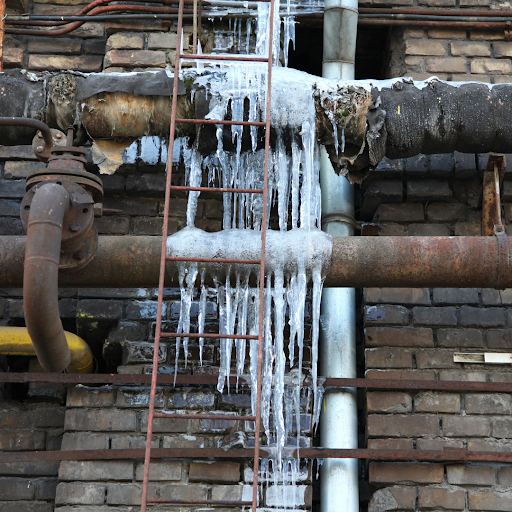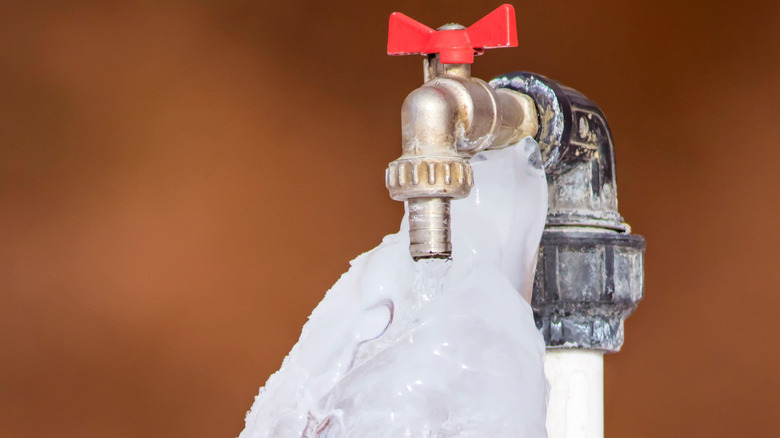How to Protect Pipes from Cold Weather Damage: Important Guidance
How to Protect Pipes from Cold Weather Damage: Important Guidance
Blog Article
What are your insights and beliefs about Helpful Tips to Prevent Frozen Pipes this Winter?

Cold weather can ruin your pipes, specifically by freezing pipelines. Below's just how to prevent it from happening and what to do if it does.
Intro
As temperatures drop, the threat of icy pipelines increases, possibly causing pricey fixings and water damage. Recognizing exactly how to prevent frozen pipes is important for homeowners in cold climates.
Understanding Icy Pipes
What triggers pipelines to freeze?
Pipes freeze when subjected to temperature levels below 32 ° F (0 ° C) for extended periods. As water inside the pipelines ices up, it increases, taxing the pipeline wall surfaces and possibly causing them to rupture.
Risks and damages
Icy pipelines can cause water system disruptions, residential property damage, and expensive fixings. Ruptured pipes can flood homes and create substantial structural damages.
Signs of Frozen Pipeline
Determining frozen pipes early can prevent them from breaking.
How to determine icy pipes
Search for lowered water circulation from faucets, uncommon odors or sounds from pipes, and visible frost on subjected pipelines.
Prevention Tips
Shielding susceptible pipelines
Wrap pipes in insulation sleeves or make use of warmth tape to protect them from freezing temperature levels. Focus on pipes in unheated or outside locations of the home.
Home heating methods
Maintain interior rooms effectively warmed, especially areas with plumbing. Open cabinet doors to enable warm air to circulate around pipes under sinks.
Safeguarding Outdoor Pipes
Yard hose pipes and exterior faucets
Separate and drain pipes garden hoses prior to winter season. Install frost-proof faucets or cover outside faucets with shielded caps.
What to Do If Your Pipelines Freeze
Immediate actions to take
If you suspect frozen pipes, keep faucets available to eliminate stress as the ice melts. Utilize a hairdryer or towels soaked in hot water to thaw pipelines gradually.
Long-Term Solutions
Architectural modifications
Take into consideration rerouting pipelines far from exterior walls or unheated areas. Add extra insulation to attic rooms, basements, and crawl spaces.
Updating insulation
Buy premium insulation for pipelines, attics, and wall surfaces. Proper insulation aids maintain constant temperature levels and minimizes the risk of frozen pipes.
Verdict
Protecting against icy pipes calls for aggressive actions and quick actions. By recognizing the reasons, indicators, and safety nets, homeowners can shield their pipes during winter.
5 Ways to Prevent Frozen Pipes
Drain Outdoor Faucets and Disconnect Hoses
First, close the shut-off valve that controls the flow of water in the pipe to your outdoor faucet. Then, head outside to disconnect and drain your hose and open the outdoor faucet to allow the water to completely drain out of the line. Turn off the faucet when done. Finally, head back to the shut-off valve and drain the remaining water inside the pipe into a bucket or container. Additionally, if you have a home irrigation system, you should consider hiring an expert to clear the system of water each year.
Insulate Pipes
One of the best and most cost-effective methods for preventing frozen water pipes is to wrap your pipes with insulation. This is especially important for areas in your home that aren’t exposed to heat, such as an attic. We suggest using foam sleeves, which can typically be found at your local hardware store.
Keep Heat Running at 65
Your pipes are located inside your walls, and the temperature there is much colder than the rest of the house. To prevent your pipes from freezing, The Insurance Information Institute suggests that you keep your home heated to at least 65 degrees, even when traveling. You may want to invest in smart devices that can keep an eye on the temperature in your home while you’re away.
Leave Water Dripping
Moving water — even a small trickle — can prevent ice from forming inside your pipes. When freezing temps are imminent, start a drip of water from all faucets that serve exposed pipes. Leaving a few faucets running will also help relieve pressure inside the pipes and help prevent a rupture if the water inside freezes.
Open Cupboard Doors
Warm your kitchen and bathroom pipes by opening cupboards and vanities. You should also leave your interior doors ajar to help warm air circulate evenly throughout your home.

I hope you enjoyed reading our post about Preventing and dealing with frozen pipes. Thanks for finding the time to browse our short article. So long as you appreciated our page kindly do not forget to share it. Thanks for your time. Come back soon.
Source Report this page